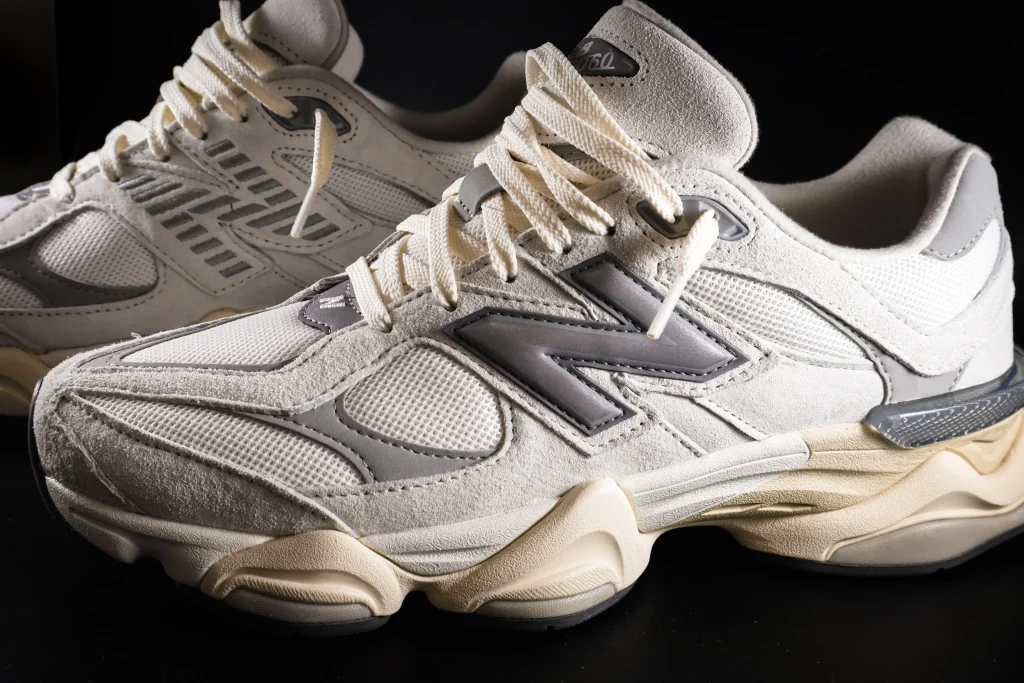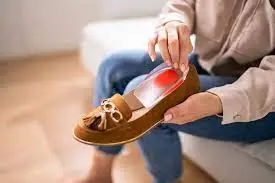Can You Wear Basketball Shoes For Volleyball?
When it comes to sports footwear, finding the right shoe for your chosen activity is crucial. Basketball and volleyball are both dynamic sports that require quick movements, lateral stability, and adequate cushioning to support the athlete’s performance. While basketball shoes and volleyball shoes are designed with specific features tailored to their respective sports, the question arises, “Can you wear basketball shoes for volleyball?
In this blog post, we will delve into the topic, examining the pros and cons of wearing basketball shoes for volleyball to help you make an informed decision. Remember, investing in the right footwear tailored to your sport can contribute to improved performance, a reduced risk of injury, and an overall enjoyable playing experience.
Characteristics Of Basketball and volleyball shoes:
Basketball shoes and volleyball shoes share some similarities in terms of cushioning and traction, their specific design features cater to the unique demands of each sport. Choosing the right shoe for your chosen sport can enhance your performance and reduce the risk of injury. Characteristics of both shoes are as under:
Basketball Shoes:
Ankle Support
Basketball shoes often feature a high-top design that extends above the ankle. This provides enhanced support and stability to protect against ankle injuries during quick direction changes and jumps.
Cushioning
Basketball shoes prioritize cushioning to absorb impact from jumps and landings. They incorporate responsive and supportive cushioning technologies to provide comfort and reduce the risk of joint discomfort or fatigue.
Traction
Basketball shoes have outsoles with multidirectional patterns to provide grip and traction on indoor courts. The patterns are designed to support quick starts, stops, and lateral movements, allowing players to change directions rapidly.
Durability
Due to the intense nature of basketball, basketball shoes are constructed with durable materials that can withstand the demands of the game. They are designed to withstand frequent lateral movements, cutting, and pivoting.

Read More: Can You Wear Volleyball Shoes For Tennis?
Read More: Can You Use Running Shoes For Volleyball?
Volleyball Shoes:
Lightweight Design
Volleyball shoes prioritize lightweight construction to allow for quick movements and jumps. They are typically low-top or mid-top in design to maximize agility and minimize weight.
Lateral Support
Volleyball shoes are engineered to provide excellent lateral support. They feature reinforced midsoles and supportive overlays in the upper to help stabilize the foot during quick lateral movements and prevent ankle rolling.
Traction
Volleyball shoes have unique traction patterns specifically designed for indoor courts. The outsoles feature gum rubber or non-marking rubber compounds with herringbone or wave patterns that optimize grip on polished surfaces.
Breathability
Volleyball shoes emphasize breathability to keep the feet cool and comfortable during extended play. The uppers are often made from lightweight mesh materials that allow for air circulation and moisture management.
Flexibility
Volleyball shoes prioritize flexibility to facilitate quick and smooth movements. They offer a balance of flexibility and support, allowing volleyball players to move naturally while maintaining stability.

The Similarities and Differences Between Basketball and Volleyball Shoes:
Common features in basketball shoes:
- High-top construction for ankle support.
- Cushioning systems to absorb impact.
- Durable outsoles for traction on indoor courts.
Distinct features in volleyball shoes:
- Low-top or mid-top design for increased agility and freedom of movement.
- Lightweight construction for swift transitions and jumps.
- Enhanced lateral support and stability for quick lateral movements
- Specialized traction patterns for optimal grip on indoor courts.
Basketball Shoes

Volleyball Shoes

Pros of Wearing Basketball Shoes for Volleyball shoes:
Ankle Support
- Basketball shoes with high-top designs provide additional ankle stability, which can be beneficial for players prone to ankle injuries.
- The added support may help prevent ankle sprains during quick lateral movements.
Cushioning
- Basketball shoes often incorporate advanced cushioning systems that offer excellent shock absorption, providing a comfortable landing after jumps.
- Impact protection may reduce the risk of joint discomfort and fatigue during prolonged play.
Durability
- Basketball shoes are designed to withstand the rigors of intense play, making them durable for volleyball as well.
- The sturdy construction may provide longevity and withstand the demands of the volleyball court.
Basketball Shoes

Volleyball Shoes

Cons of Wearing Basketball Shoes for Volleyball Shoes:
Weight
- Basketball shoes tend to be heavier due to their high-top construction and added cushioning, which may impede quick movements and jumps in volleyball.
- The extra weight could potentially hinder agility and affect performance.
Lateral Support
- Basketball shoes may not offer the same level of lateral support as volleyball shoes, which are specifically designed to handle quick lateral movements.
- Inadequate lateral support may increase the risk of ankle rolls or instability during sudden shifts in direction.
Traction
- While basketball shoes have durable outsoles, their traction patterns may not be optimized for the specific traction needs of volleyball.
- Volleyball shoes’ specialized traction patterns provide better grip on indoor courts, ensuring quick movements and optimal stability.
Popular colors and materials of basketball and volleyball shoes:
It’s important to note that the colors and materials of basketball and volleyball shoes can vary between different brands and models. Athletes have a wide range of options to choose from, allowing them to select shoes that match their personal style and preferences while still meeting the performance needs of their respective sport. However, here are some common characteristics:

Basketball Shoes
Colors
Basketball shoes often come in a wide range of colors and color combinations. Popular choices include black, white, red, blue, gray, and vibrant color options. Some basketball shoes feature bold and eye-catching designs.
Materials
Basketball shoes are typically constructed using a combination of synthetic materials, leather, mesh, and knit fabrics. These materials provide durability, breathability, and support. The upper part of the shoe may include overlays or support structures for added stability.
Volleyball Shoes
Colors
Volleyball shoes also come in various colors, but the color options may be more limited compared to basketball shoes. Common colors include white, black, navy blue, gray, and combinations of these colors. Some models may have pops of brighter colors or accent colors.
Materials
Volleyball shoes are designed to be lightweight and breathable. They are often made of synthetic materials, mesh, or a combination of both. The materials used prioritize flexibility, ventilation, and durability. Some models may have additional overlays or reinforcement in high-wear areas for added protection. Volleyball shoes is not only a sports shoes , it is also a great running shoes.
Special About Both Type Of Shoes
Related To: How Much Does It To Make A Shoe?
Conclusion
Choosing the right footwear is essential for optimal performance and injury prevention in sports. While wearing basketball shoes for volleyball may have some advantages such as ankle support and cushioning, it is important to consider the drawbacks, including weight, lateral support, and traction limitations. With their specific design features, volleyball shoes offer enhanced agility, stability, and grip tailored to the demands of the sport.
Ultimately, the choice between basketball shoes and volleyball shoes depends on individual preferences, playing style, and specific needs. It is advisable to try on both types of shoes, considering factors such as fit, comfort, and performance, to determine which option suits you best. Prioritizing the qualities required for volleyball, including agility, lateral support, and traction, may lead to a more optimal experience on the court.







